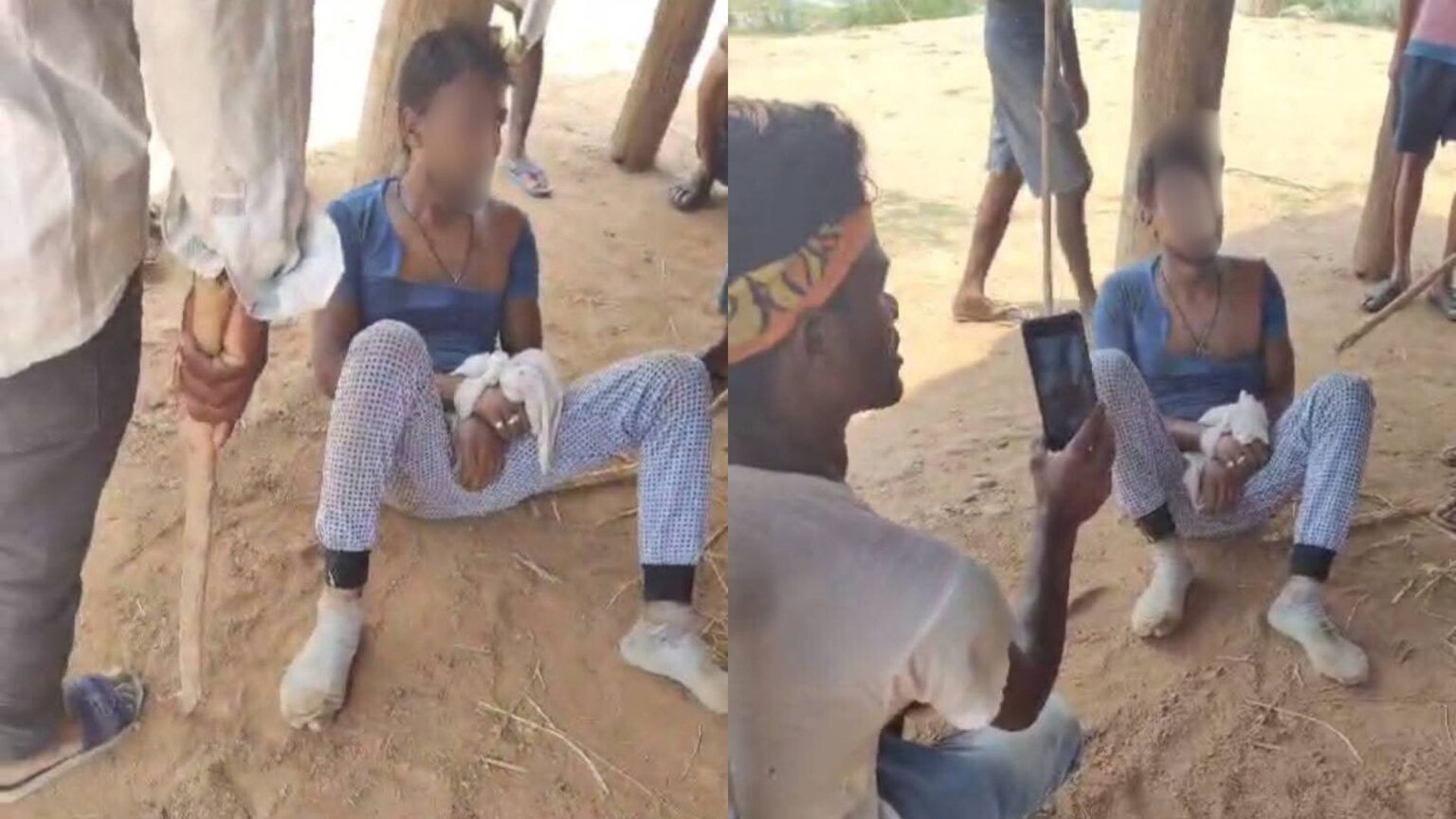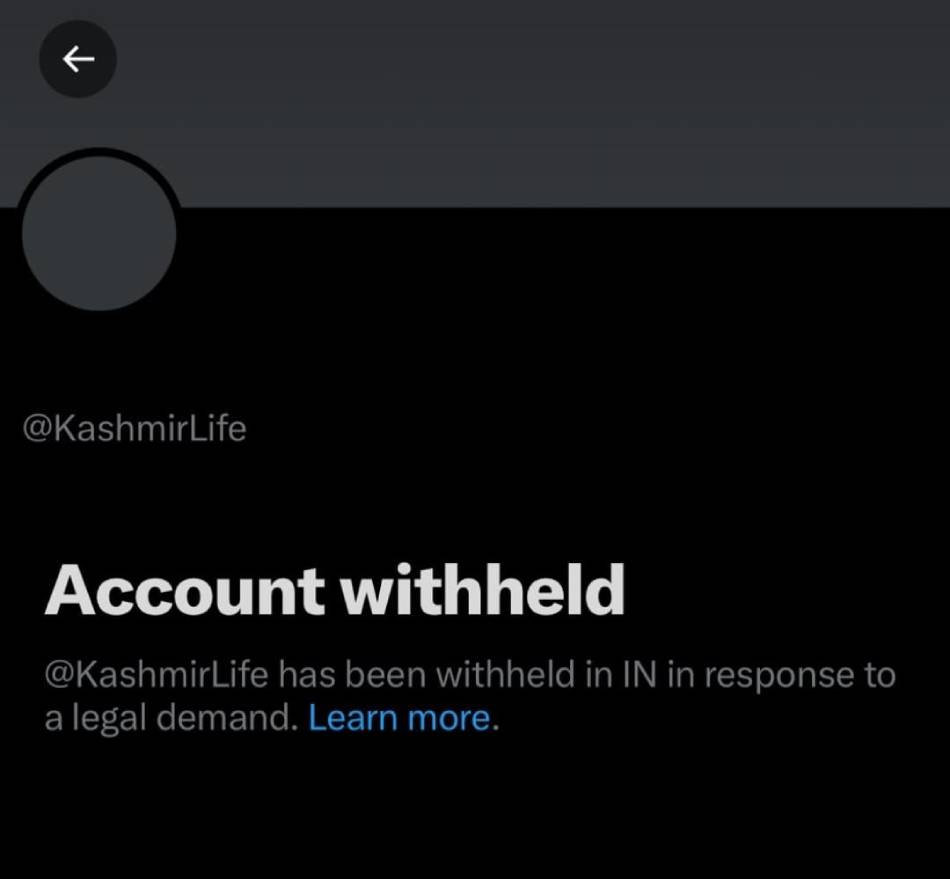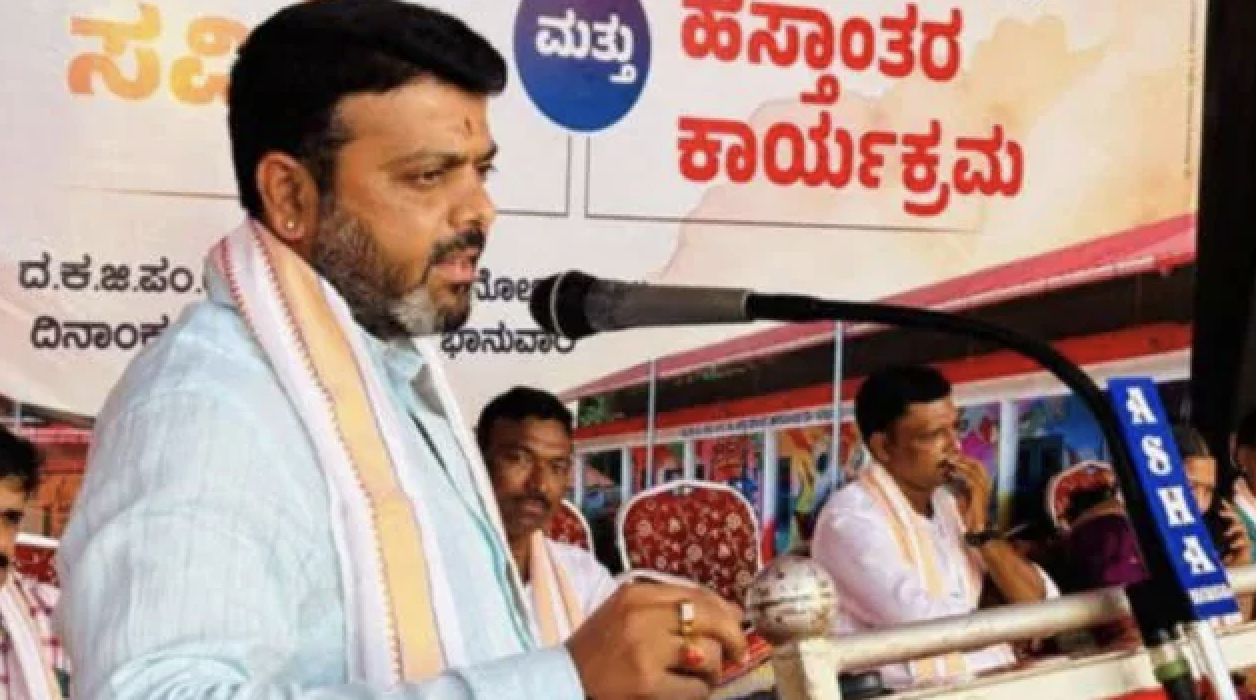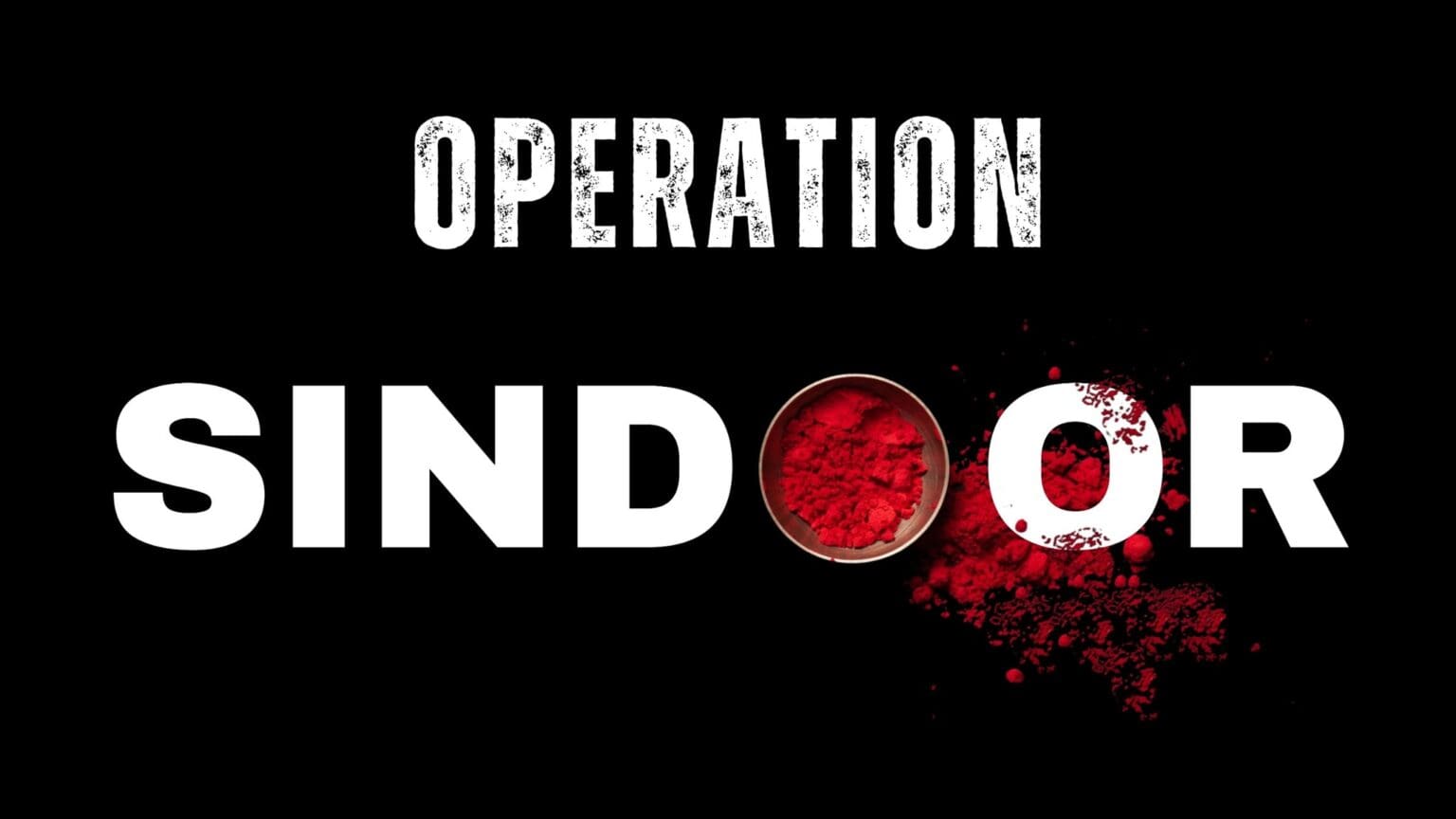By Seema Chishti / The Hindu
The June 2022 issue of Antim Jan, a magazine published by the Gandhi Smriti and Darshan Samiti (GSDS), stood out for a reason. The issue was dominated by Vinayak Savarkar, a central figure in Mahatma Gandhi’s assassination trial. Savarkar was let off for lack of adequate corroborative evidence, but the Jivanlal Kapur Commission set up in the 1960s concluded: “All these facts taken together were destructive of any theory other than the conspiracy to murder by Savarkar and his group”. No further inquiries about Savarkar’s role were made as he was dead by then.
In an article in Antim Jan, Bharatiya Janata Party (BJP) leader Vijay Goel, the vice-chairman of GSDS, tries to place Savarkar on the same footing as Mahatma Gandhi — “Savarkar’s place in history and stature in freedom struggle is no less than that of Gandhi.” The chairman of the GSDS is Prime Minister Narendra Modi. Prime Ministers have always chaired the GSDS ever since it was set up in 1984.
The point is not to express outrage but to recognise that people (beyond those who call themselves Gandhian), need to be concerned about this odious undertaking, which clearly has top official sanction. The lionising of Savarkar and the diminution of Gandhiji have implications in terms of the essence of India’s future.
Continual appreciation of Gandhiji’s assassin Godse by public representatives espousing Hindutva ideology has grown much louder in the past four years; at least two Members of Parliament from the ruling party are examples of this. Popular hatemongers abuse Gandhiji and praise Godse in the media without any fear of the consequences. This recrafting of our past is one of a piece, with Hindutva’s attempts to reshape the narrative on the Gujarat riots in 2002. The recent arrests of civil rights activist Teesta Setalvad and former Gujarat Director-General of Police R.B. Sreekumar, along with a scrubbing of textbooks to eliminate references to the violence of 2002, are a part of this effort. The control over new networks of communication (social media and television channels) and the older more formal ones (school textbooks, the Archaeological Survey of India and a majority of newspapers) facilitate this tampering with memory and knowledge.
This story was originally published in thehindu.com . Read the full story here






